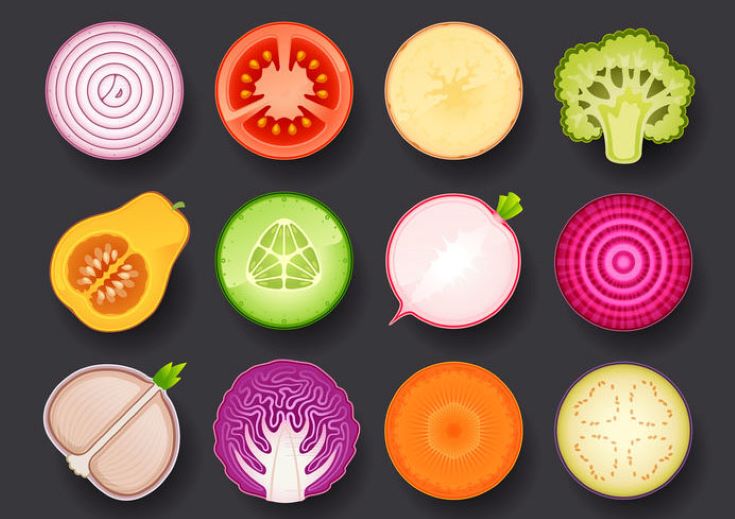Tomorrow’s world will not just be hungrier: it will increasingly face under-nutrition
Climate change driven by ever-higher levels of carbon dioxide in the atmosphere will do more than just limit harvests. It will increase under-nutrition, making the planet’s staple foods less nourishing. Over the next three decades, according to a new study in the journal Lancet Planetary Health, the combination of shocks from a hotter, stormier, more extreme world and ever-higher levels of atmospheric carbon dioxide will combine to make plant proteins, zinc and iron less available.

Currently, over 2 million children of five years or younger die each year from conditions associated with protein deficiency. Zinc deficiency is linked to 100,000 deaths a year, and iron levels to 200,000 deaths a year among young children. And things are set to get worse. Image: Erfan Nuriiev|123rf
Put simply, the study foresees that increased use of fossil fuels will result in a greater growth in the numbers of anaemic mothers, malnourished babies and stunted children, and a higher count of overall deaths from malnutrition.
By 2050, levels of protein available per head could fall by 19.5 per cent and of iron and zinc by 14.4 per cent and 14.6 per cent respectively. For all three vital elements, this is a fall of almost one-fifth.
“Diet and human health are incredibly complex and difficult to predict, and by reducing the availability of critical nutrients, climate change will further complicate efforts to eliminate undernutrition worldwide,” says Timothy Sulser of the International Food Policy Research Institute, one of the researchers involved in the study.
The researchers warn that dietary protein, iron and zinc will all fall by significant percentages in the harvests of 2050, despite improvements in agricultural techniques and even though markets are better at distributing food surpluses and the extra carbon dioxide will act to add fertility to crops.
This will hold true for many of the world’s most important staples, among them wheat, rice, maize, barley, potatoes, soybeans and vegetables.
And many nations that already experience higher levels of malnutrition – in South Asia, the Middle East, sub-Saharan Africa, North Africa and the former Soviet Union − will continue to be disproportionately affected.
A plant-based diet
“These findings suggest that climate change could slow progress on improvements in global nutrition by simply making key nutrients less available than they would be without it,” says Sulser.
The Lancet has addressed aspects of climate change before. At the start of this year, it found that with a plant-based diet, it would be in theory possible to feed, and properly nourish, the 10 billion population expected later this century.
Late last year, it also warned that, in this century alone, extremes of temperature had threatened the health and economic growth of an additional 157 million people.
The latest study is a confirmation of earlier findings; other scientists have already warned that protein levels and micronutrient properties will be diminished in a greenhouse world.
Separate research has found that both the rice and wheat harvests of tomorrow could have less food value.
Famine threat
A third study has found that global fruit and vegetable production is already not enough to sustain a healthy population. And researchers have repeatedly warned that ever more-intense and frequent natural shocks that accompany global heating – floods, heat waves, drought, windstorm and so on – threaten food harvests worldwide and could even precipitate the kind of global famines last seen in the 19th century.
The researchers limited their horizon to 2050; they warn that, on present trends, problems with food nutrition levels are only likely to get worse in the decades beyond.
They also point out that the availability of nutrients is only part of the problem as the poorest also need access to clean water, sanitation and education to take advantage of any improved diet.
“We’ve made a lot of progress reducing under-nutrition around the world recently but global population growth over the next 30 years will require increasing production of foods that provide sufficient nutrients,” says Sulser.